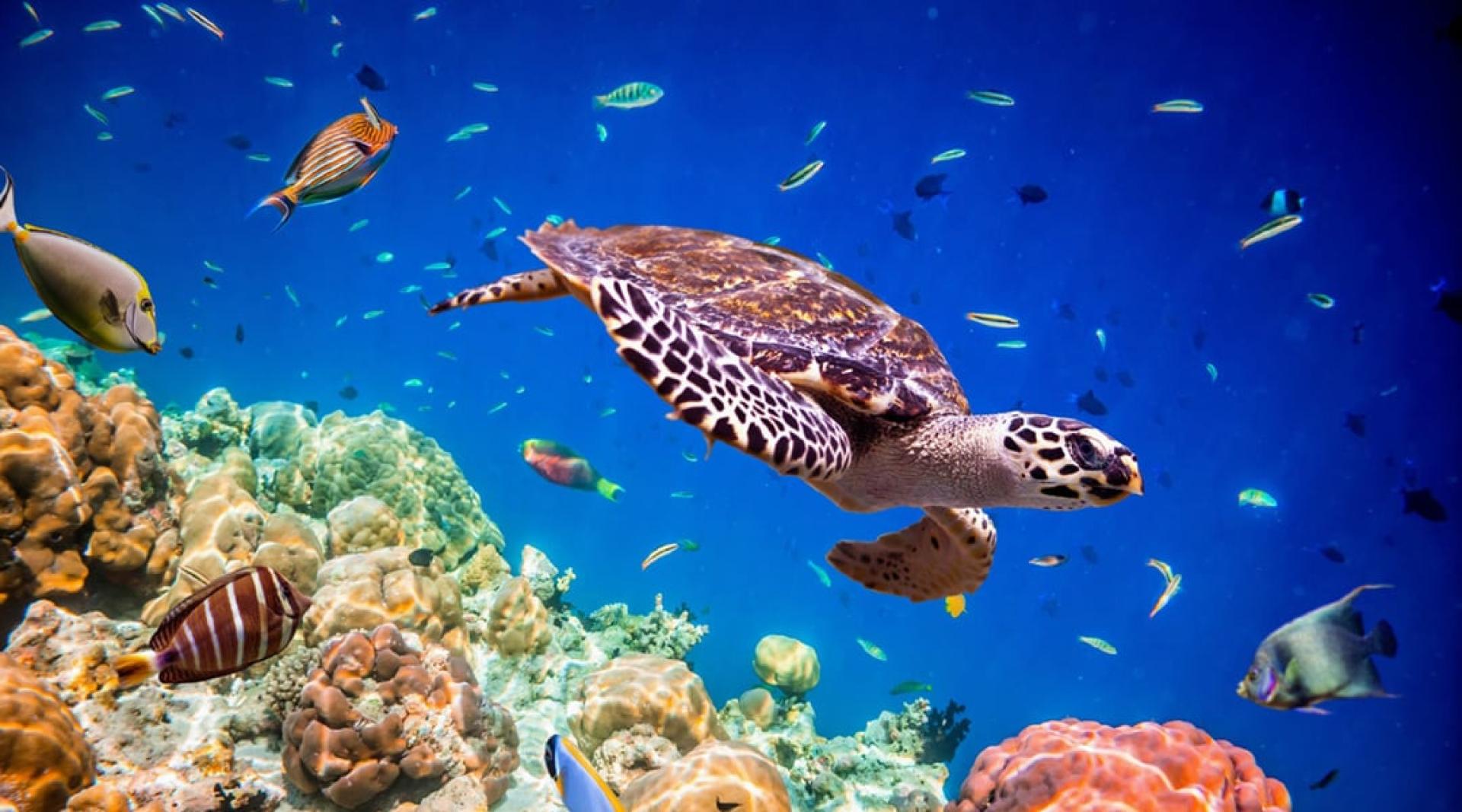As the international community accelerates the development of deep-sea mining regulations, multiple scientists are warning that it remains unclear whether the ecological damage caused by deep-sea mining is reversible, or how long recovery might take.
According to Agence France-Presse (AFP), the seabed is one of the Earth's last “wildernesses,” but is now becoming a target for countries and enterprises competing to extract resources. The reason is that the deep sea is rich in critical minerals needed for emerging technologies such as electric vehicles, especially “polymetallic nodules” containing cobalt, nickel, copper, and manganese.
It is understood that these nodules form naturally on the seafloor through extremely slow chemical deposition, and can take millions of years to grow just a few centimeters—growing at a very slow pace, only a few millimeters per million years.
Although some companies claim they can mine with “minimal environmental risk,” environmental organizations warn that this emerging industry will threaten the still largely unknown and extremely fragile deep-sea ecosystems.
Recently, a team of scientists from Europe submitted new research at the International Seabed Authority (ISA) meeting in Kingston, Jamaica, further deepening concerns. The meeting aims to reach consensus on future deep-sea mining regulations.
Sarrazin, a project researcher at the “Deep-Sea Ecological Restoration Research Program” and expert from France's Marine Science Research Institute, stated that all attempted ecological restoration measures so far have been short-term experiments. The results observed over several years are worrisome: the ecosystem has not achieved recovery. “If true recovery is needed, it may take an extremely long time—100 years, or 1000 years? We still do not have definite data.”
According to observations from Germany’s GEOMAR Helmholtz Centre for Ocean Research, the vast areas of polymetallic nodule fields in the Pacific Ocean are home to a large number of species that rely on hard substrates for survival, such as sponges, soft corals, and sea anemones. Once the nodules are removed, they will lose their survival foundation.
GEOMAR's research found that sediment plumes and seabed disturbances created during mining not only lead to a decrease in organism density and a dramatic drop in biodiversity, but also impair the overall functioning of the ecosystem.
Although some research teams are attempting to manufacture “artificial nodules” from deep-sea clay and deposit them at depths of 4,500 meters to observe ecological restoration effects, Dutch Royal Institute for Sea Research’s Görner cautioned: “Given the extremely slow growth rates of deep-sea organisms, assessing restoration effects will take years.”
At the same time, researchers recommend that large-scale sulfide deposits near hydrothermal vents on the seafloor should be designated as no-mining areas. These “underwater fountains” are unique ecosystems globally, with extremely high biodiversity and incalculable ecological value. The “Deep-Sea Ecological Restoration Research Program” report stressed: “If we mine sulfides near active vents, we know exactly what we will lose. Therefore, this loss must be avoided.”
